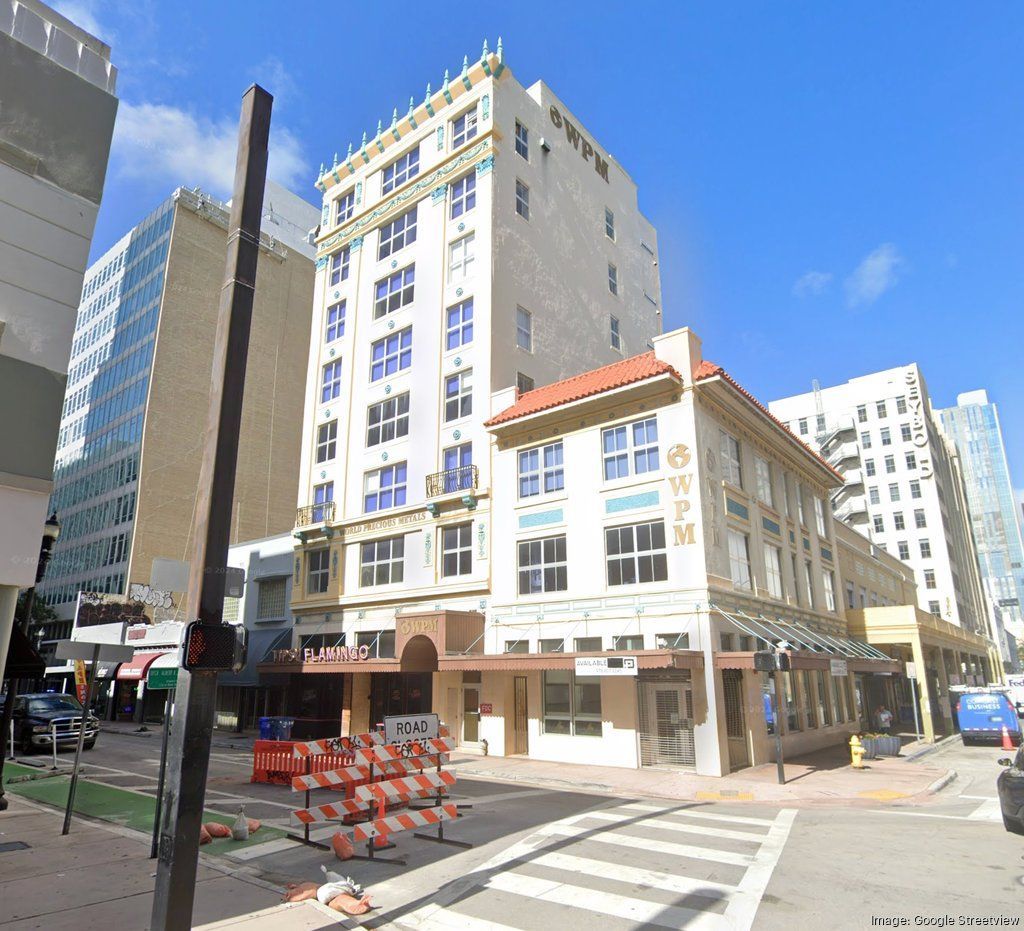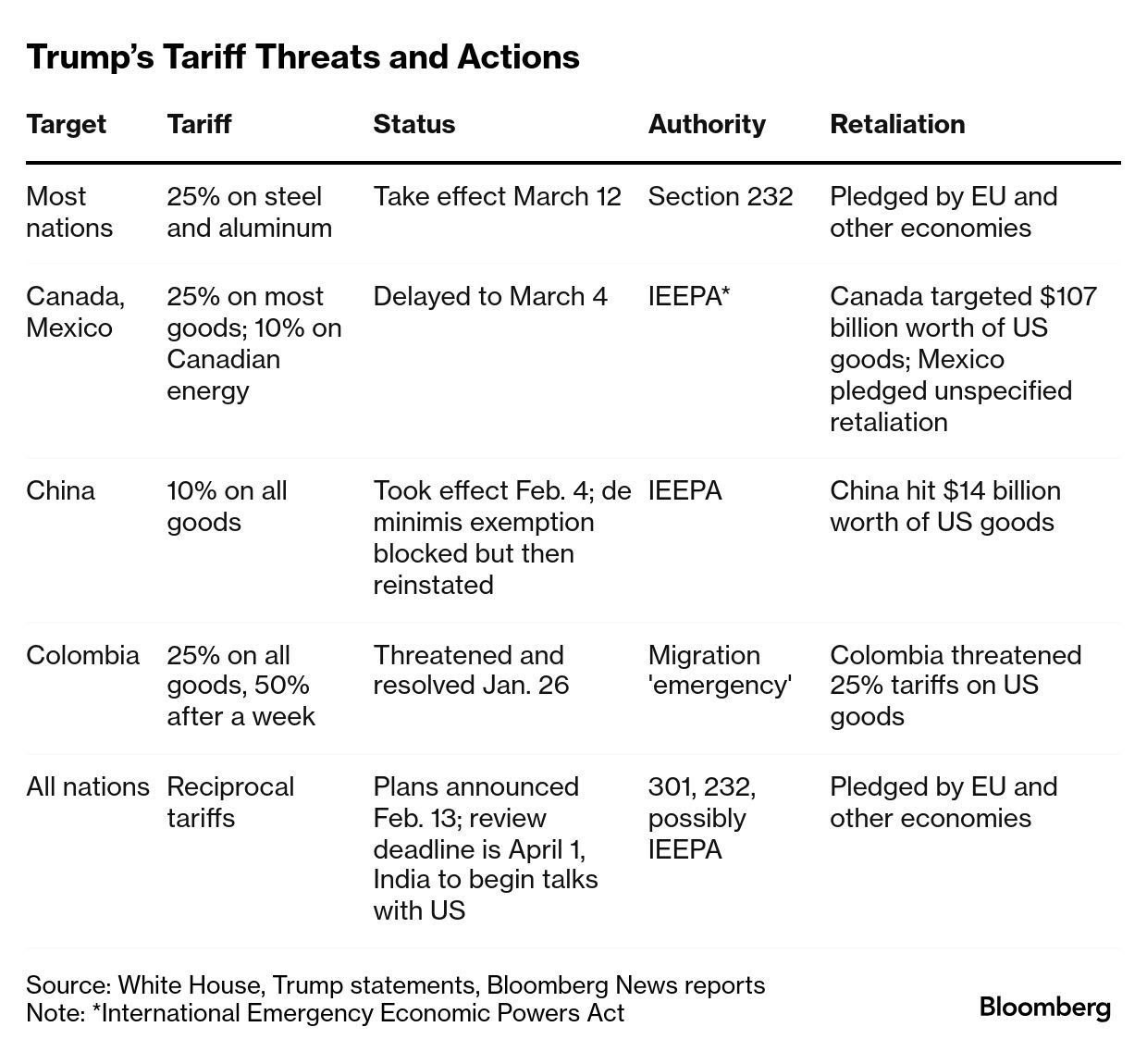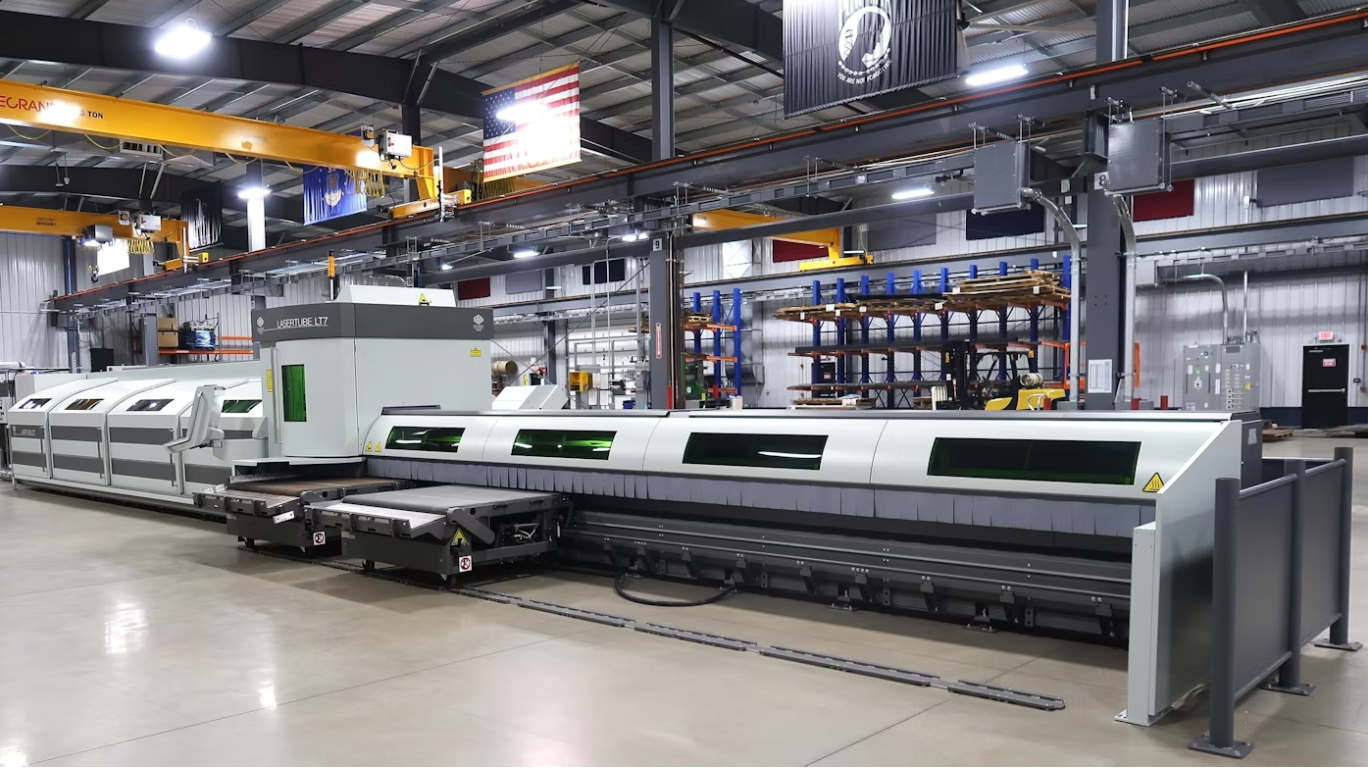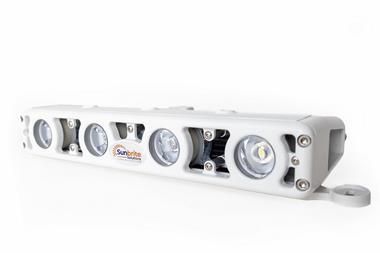April 10, 2025
There’s a lot of confusion currently about the U.S. President’s tariff program. Some of it is unavoidable. Whatever Donald Trump’s actual goals are, his flip-flopping on tariff policy and implementation has brought chaotic uncertainty to international trade, and therefore supply chain operations. But some confusion springs from an apparently fundamental misunderstanding of how tariffs apply to wholesale and retail prices in practicality. A 100% tariff on goods from China does not mean the retail price will double (unless retailers exploit the opportunity to raise prices anyway, as happened recently with eggs) . Even wholesale prices should not increase in line with tariff rates; those include all sorts of “landed costs,” including shipping, insurance, processing, warehousing, distribution and more. Tariffs are assessed on the stated value of any goods at the time they left the country of origin, converted out of the local currency (more about that later) into a dollar value for the purposes of collection by U.S. Customs and Border Protection. Fuzzy Math Why, then, is the mainstream media getting its math so wrong? Even the BBC has fallen prey to the misunderstanding, quoting an estimate from Reuters, based on the then-extant 54% tariff on imports from China, that an iPhone 16’s sticker price “could” go from $800 to $1,142. That’s an increase of $342. If that increase comes solely from the new tariffs, as suggested, that means the original import value of the phone, before the new tariffs, was $633, leaving $167 to cover all the costs associated with putting it in the hands of customers — including the ones listed above, plus sales, marketing, promotions, staffing and physical store overheads — and, of course, a profit. (Apple clocked a profit of $93.7 billion on revenue of $391 billion in 2024; a profit margin of 24%. That would put profit alone on an $800 iPhone at $192, already more than the $167 left after paying the miscalculated import price.) A study published in 2018 by The Conversation , a nonprofit, independent news organization , estimated then that an iPhone at U.S. port of entry was valued at around $240, retailing at around $650, putting the current import duty value somewhere around $320. A 54% tariff on that is $172 – half of the Reuters estimate. Critically, that leaves more than $300 to cover other costs and profit, even without raising the price. Eat That! Whatever the extra costs, it is quite likely retailers will opt for “eating” them instead of putting prices up, because many did after 2018, when Trump introduced new tariffs, particularly targeting China, at the beginning of his first term as president. During an interview on the April 3 podcast Bad Faith , Lori Wallach, director of Rethink Trade at the American Economic Liberties Project and a senior adviser to the Citizens Trade Campaign , gave the example of a t-shirt that a major big-box store sells for $8, which has an import value of 8 cents, meaning a 25% tariff adds 2 cents to the overall cost, which is arguably palatable for the retailer to absorb. “And that is what happened [last time]. We’ve lived through this,” said Wallach. “Donald Trump One put, on average, 20% tariffs on $350 billion of stuff coming from China. Did we see inflation spur in 2018 and 2019? No, we did not, actually. It was COVID, in the middle of 2020, when we started to see inflation jump.” Another consideration is the control countries such as China have over their currency — one of the arguments for punitive tariffs against China is that it has artificially kept the yuan undervalued so that its exports are cheap. Because China is a Communist dictatorship, it can manipulate the currency’s value down further in order to compensate for raised tariff rates, keeping prices low. If that sounds financially suicidal, consider the findings in that 2018 study in The Conversation . That reckoned that China actually reaped an average of $8.46 on an iPhone with an import value of $237.45 (the amount calculated in the trade deficit), with the rest of it going to buy the constituent parts made in the U.S., Japan, Taiwan and South Korea. When it comes to the current trade wars, ocean carriers, importers, warehouse operators, truck, rail and logistics providers have more to worry about in terms of unpredictable volumes and uncertain manufacturing and infrastructure investments that guide their own financial strategies. The Cost of Domestic Production One of the biggest questions remaining is whether Trump’s policies will massively increase manufacturing within the U.S. There, the math is easier to grasp. According to the Reshoring Institute , a research and consulting firm, data on manufacturing wages in 2022 paint a stark picture of astronomically increased labor costs if U.S. workers start making the stuff they buy. China’s productio n workers get around $14,000 per year; Vietnam’s get $6,000 annually, Mexico’s earn $2,500 and U.S. production workers get $32 ,000. In an April 9 interview with CNN, Dan Ives, global head of technology research at financial services firm Wedbush Securities , said that could drive the cost of an iPhone to $3,500 . Many therefore argue that the U.S. will continue to rely heavily on imported goods, because they will still be cheaper — even with tariffs designed to rebalance trade — than the same products made domestically. Prices may rise but, in the absence of price-gouging, they will not rise as much as is currently being trumpeted. For example, even if a 25% tariff on all imports from Mexico remains, that might still not have the intended effect, said Steve Austin, CEO of Manufacturing Corporation of America (MCA), which buys and agglomerates legacy manufacturers in the U.S., in an interview with SupplyChainBrain earlier this year. “I don’t even know if that would be enough to discourage companies from nearshoring," he says. "As a manufacturer, you’ve got to look at the whole picture — low wages, cheap land and easy transport into the U.S. market. If the product is still cheaper even with the tariffs in place, it’s still going to be made in Mexico.” Read Article: https://www.supplychainbrain.com/articles/41526-price-hikes-and-tariffs-some-common-sense







